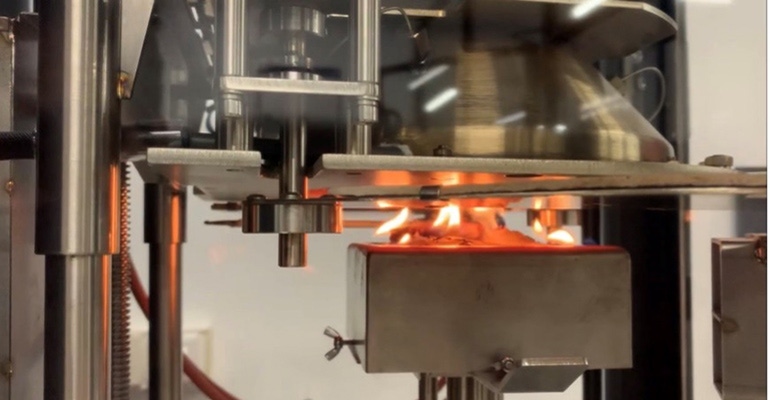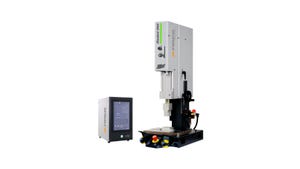Spain’s plastics technology center AIMPLAS is conducting research into the use of non-halogenated additives from renewable sources that won’t degrade during the production process.
November 1, 2022

José Vicente Izquierdo Núñez
The building and construction and automotive sectors, among other industries, increasingly use polymers in addition to so-called traditional materials, such as metal and metal by-products, and organic, stone and soil-based materials.
The main advantage of polymers is the combination of their low weight and various functionalities, including thermal and acoustic insulation, watertightness, and resistance, as well as the multiple sizes and finishes that are available. They also have a downside, however — flammability, which must be taken into account when establishing active and passive safety and protection systems in the event of fire in the immediate area. To address this problem, polymeric materials can be modified to make them flame retardant and, thus, considerably improve their fire performance.
This used to be accomplished by combining polymers with halogenated compounds. Most of these compounds are now prohibited, because they release toxic gases when they burn. Today, compounders and plastics processors use non-halogenated flame-retardant additives such as aluminum, phosphorus, and magnesium. The problem is that fossil-based raw materials such as phosphorus, a limited resource, are consumed to synthesize these additives. It is estimated that affordable reserves of phosphorus will be depleted in less than a hundred years.
Research is now underway to obtain flame-retardant additives from renewable sources. These additives are not halogenated and, therefore, have low toxicity, and are combined with renewable materials instead of petroleum-based products. One drawback is that these additives have poor resistance to high temperatures, which causes them to degrade during the manufacturing process.
Microencapsulation is one method to prevent degradation that is used in the food, cosmetics, and pharmaceuticals sectors to increase thermal stability and control the migration rate, if needed. The encapsulation technique also has been applied in recent years to polymer processing.
Once flame-retardant polymers have been synthesized and developed, they may be used in building and construction, as well as the mobility and transportation and electrical and electronics sectors.
Each industrial sector may be governed by a specific applicable regulation. For example, construction products may be classified based on their reaction to fire. When Commission Decision 2000/147/EC entered into force for construction products, a classification was established for which Council Directive 89/106/EEC was applied. It was included in standard EN 13501-1 and lists seven possible fire performance categories, known as Euroclass ratings A1, A2, B, C, D, E, and F. The materials are ranked from best to worst in relation to fire performance; additional classifications in some cases reflect smoke production (s1, s2, and s3, from lowest to highest) and the presence of flaming droplets (d0, d1, and d2, respectively for zero, some, and a lot of flaming droplets or particles). The tests used to assess these materials in terms of fire performance of specific products may be inefficient because of the time required and the amount of material consumed during characterization.
The IGNITION Project conducted by AIMPLAS, the Plastics Technology Centre, has a twofold goal.
First, it aims to synthesize innovative flame-retardant additives from renewable resources to reduce their environmental impact and to ensure low toxicity of the products made with these additives in the event of fire.
The project also aims to develop new fire analysis methods to characterize materials based on cone calorimeter tests (ISO 5660-1), which provide a great deal of information on the polymeric materials assessed. This information is used to classify materials based on their response to fire and to optimize analysis times and the consumption of materials required for assessment. The results can also be compared with other testing methods that develop their own classification.
This project is funded by the Valencian Regional Government’s Ministry of Sustainable Economy, Production Sectors, Trade, and Employment through grants from IVACE, and is co-funded by EU ERDF funds within the 2014-2020 ERDF Operational Programme of the Valencian Community. These funds are targeted at technology centers in the Valencian community to carry out non-economic R&D projects in cooperation with companies in 2021.
About the author
José Vicente Izquierdo Núñez, is a researcher at the AIMPLAS Characterization Laboratory.
You May Also Like


